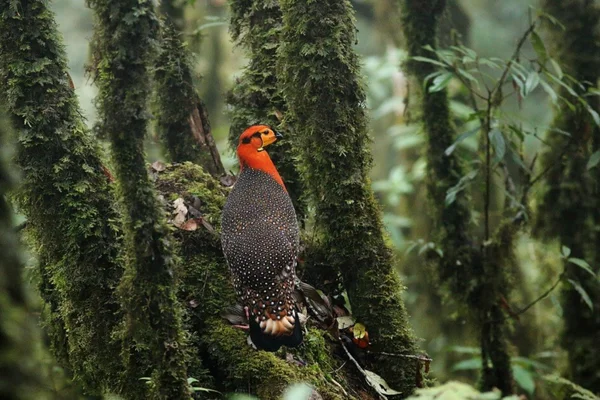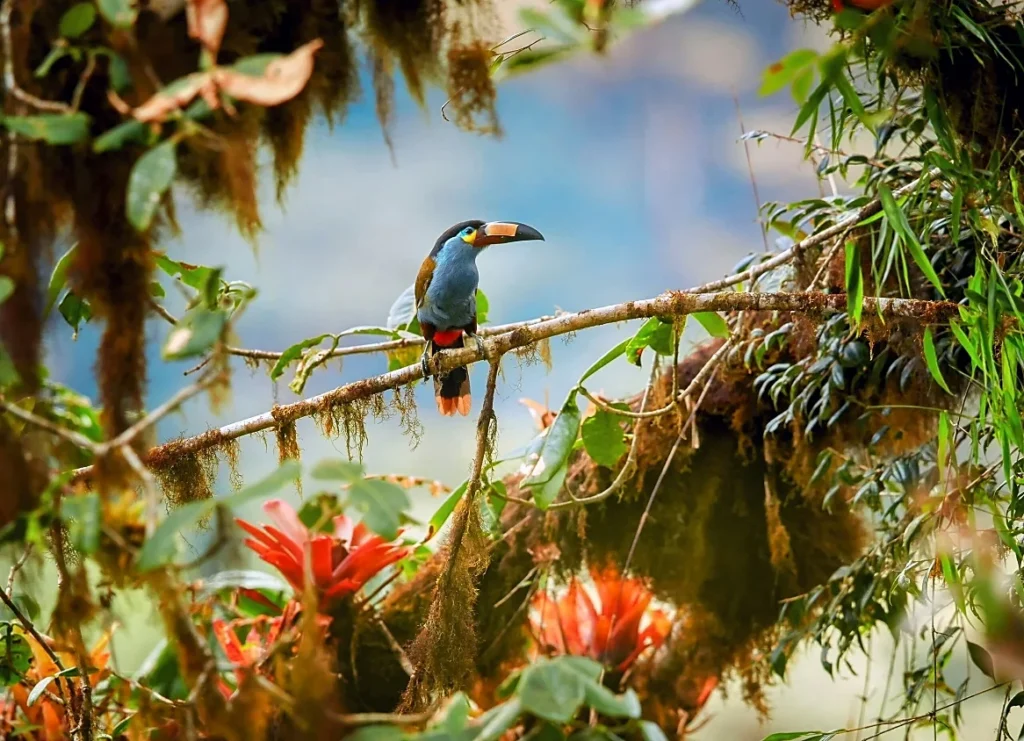Researchers at the Indian Institute of Science (IISc.) in Bengaluru have recently conducted a study in Eaglenest Wildlife Sanctuary revealing the threats faced by montane birds in tropical mountains due to forest logging and climate change.
About the study:
- The study focused on the Eastern Himalayan understorey bird community, exploring the impact of both logging and climate change on these ecosystems.
- Logging is the practice of felling trees, either selectively or by clear felling, and removing them from the forest.
- The study compared bird communities in primary (undisturbed) forests with those in logged forests within the Eastern Himalayan region.
Key highlight of the study:
- Montane birds, particularly in tropical mountains, are sensitive to temperature changes induced by climate change.
- Montane birds have specialized respiratory systems to cope with lower oxygen levels such as Himalayan Monal, Snow Partridge, and Alpine Accentor.
- Rising temperatures have led to a shift in bird species towards higher elevations.
- Logged forests, characterized by higher temperatures and lower humidity, exacerbate this shift, influencing the composition of bird communities.
- Smaller birds adapt better to higher temperatures, leading to their increased presence in logged forests, while larger species decline in abundance.
- Logging results in the loss of large-bodied, old, growth-dependent bird species, contributing to a decline in overall biodiversity.
- Understorey insectivores, specific to certain niches, experience a steep decline in numbers in logged forests.
- Lower densities of foliage-dwelling insects in logged forests reduce the available resources for birds, disproportionately affecting larger species with higher energy requirements.
About the Eaglenest Wildlife Sanctuary:
- The Eaglenest Wildlife Sanctuary is a biodiversity hotspot, situated in the Eastern Himalayas, in Arunachal Pradesh.
- It has a history of intensive logging until 2002.
- It is part of the Kameng Elephant Reserve and forms a significant part of the Kameng Protected Area Complex.
- It conjoins Sessa Orchid Sanctuary to the northeast and Pakhui Tiger Reserve across the Kameng river to the east.
- It is particularly famous for its diverse and home to diverse, rare and endangered avian population.
- Vegetation types of the Sanctuary includes subtropical forests, temperate forests, and alpine meadows.
- Fauna includes clouded leopard, marbled cat, Asian golden cat, leopard, capped langur, Red panda, Asiatic black bear, Arunachal macaque, gaur etc.
- Flora includes poisonous elephant nettles, bamboo, Asian yew, Anise tree, Gymnocladus assamicus (endemic) etc.
Ref: Source
| UPSC IAS Preparation Resources | |
| Current Affairs Analysis | Topperspedia |
| GS Shots | Simply Explained |
| Daily Flash Cards | Daily Quiz |



